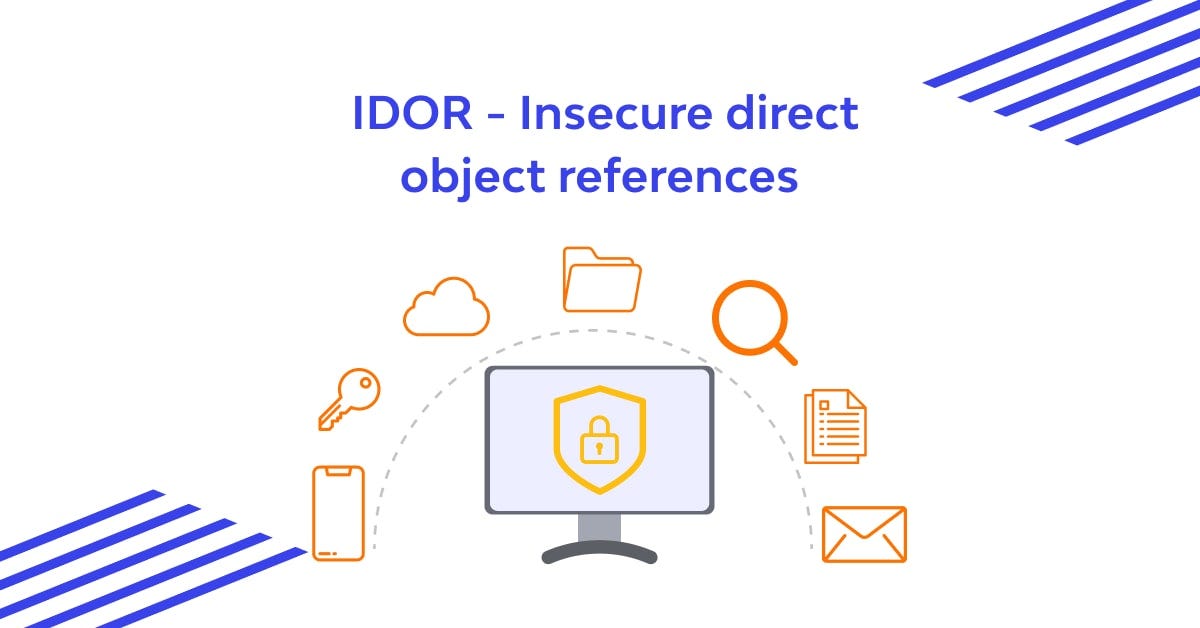BOOK THIS SPACE FOR AD
ARTICLE ADIn today’s digital landscape, the relentless rise of ransomware poses a significant threat to individuals and organizations alike. Cybercriminals have honed their techniques, targeting vulnerabilities in systems and holding valuable data hostage until a ransom is paid. To combat this growing menace, it is crucial to understand the strategies and precautions necessary to protect your data effectively.
In this comprehensive guide, we will explore the rise of ransomware, its impact on individuals and businesses, and most importantly, strategies to safeguard your data. From understanding common attack vectors to implementing preventive measures, we will equip you with the knowledge and tools to fortify your defenses against these malicious cyber threats.
Ransomware attacks have become increasingly prevalent in recent years. Cybercriminals exploit various techniques, including social engineering, phishing emails, and exploiting vulnerabilities in software systems. These attacks can have severe consequences, resulting in data loss, financial losses, and reputational damage.
To combat the rise of ransomware and protect your valuable data, consider the following strategies:
1. Keep Software and Systems Up to Date
Regularly updating your software, operating systems, and applications is crucial to prevent ransomware attacks. These updates often include vital security patches that address known vulnerabilities. Neglecting updates leaves your systems exposed and increases the risk of falling victim to ransomware. Stay proactive by enabling automatic updates whenever possible.
2. Implement Strong Passwords and Multi-Factor Authentication
Passwords serve as the first line of defense against cyber threats. Ensure your passwords are strong, unique, and not easily guessable. Avoid using personal information or common phrases. Instead, employ a combination of uppercase and lowercase letters, numbers, and symbols. Consider using a reliable password manager to generate and securely store your passwords.
Additionally, enable multi-factor authentication (MFA) whenever available. MFA adds an extra layer of security by requiring additional verification, such as a fingerprint scan or a unique code sent to your mobile device.
3. Backup Your Data Regularly
Regular backups are critical to mitigating the impact of ransomware attacks. Ensure your data is backed up regularly and stored securely. Implement a comprehensive backup strategy that includes both offline and off-site backups. Offline backups, such as external hard drives, protect against ransomware’s ability to encrypt data on connected networks. Off-site backups provide an extra layer of protection by storing data in a separate location, safe from physical damage or theft.
4. Educate and Train Your Team
One of the most effective ways to combat ransomware is to educate and train your team about the risks and preventive measures. Conduct regular cybersecurity training sessions to ensure everyone understands the best practices for identifying and avoiding potential threats. Teach employees how to recognize phishing emails, suspicious links, and attachments. Encourage them to report any suspicious activity promptly.
5. Use Reliable Security Software
Invest in reputable cybersecurity software that includes anti-malware and anti-ransomware capabilities. These tools provide real-time protection, detecting and blocking malicious files and activities. Regularly update and scan your systems to identify any potential threats or vulnerabilities. Ensure your chosen security software covers all endpoints, including computers, servers, and mobile devices.
Q: Can ransomware affect my WordPress website?
A: Yes, ransomware attacks can target WordPress websites by exploiting vulnerabilities in plugins, themes, or outdated versions of WordPress. It’s crucial to keep your WordPress installation and all associated components up to date to minimize the risk.
Q: Should I pay the ransom if my data is encrypted by ransomware?
A: Paying the ransom does not guarantee the safe return of your data and may encourage further attacks. It is recommended to report the incident to law enforcement agencies and seek assistance from cybersecurity professionals to explore alternative options for data recovery.
Q: What should I do if I suspect a ransomware attack?
A: If you suspect a ransomware attack, disconnect the affected device from the network immediately to prevent further spread. Report the incident to your IT department or a cybersecurity professional for proper investigation and remediation.
The rise of ransomware presents a significant challenge in our increasingly interconnected world. By implementing effective strategies and taking proactive steps to protect your data, you can reduce the risk of falling victim to these malicious attacks. Keep your systems up to date, employ strong passwords and multi-factor authentication, back up your data regularly, educate your team, and use reliable security software.
Remember, staying vigilant and informed is key to safeguarding your data and maintaining robust cybersecurity defenses. With these strategies in place, you can protect yourself, your business, and your WordPress website from the rising threat of ransomware. Stay safe and keep your data secure!
.png)
 11 months ago
52
11 months ago
52 














 Bengali (Bangladesh) ·
Bengali (Bangladesh) ·  English (United States) ·
English (United States) ·